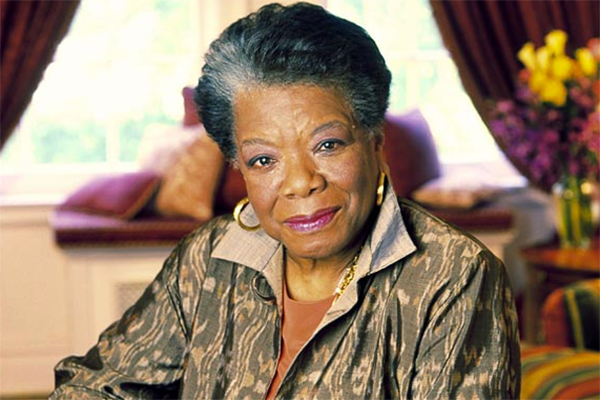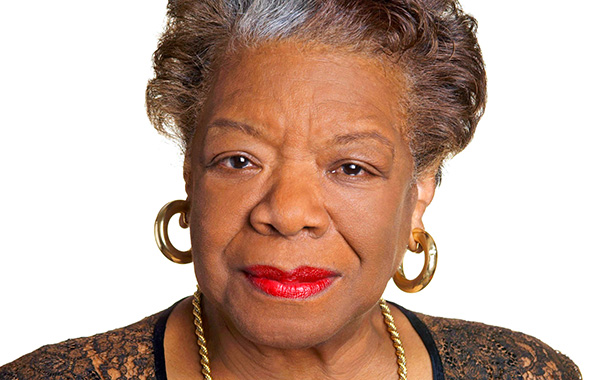
I Know Why the Caged Bird Sings: Poetic Devices Alliteration It is the close repetition of consonant sounds, usually at the beginning of words. For instance, Can seldom see through His shadow shouts on a nightmare scream The free bird thinks of another breeze The fat worms waiting Personification Personification is a figure of speech… Continue reading I Know Why the Caged Bird Sings: Poetic Devices and Theme: 2023

“I know why the caged bird sings”, inspired by Paul Laurence Dunbar’s poem “Sympathy”, is an autobiography by Marguerite Annie Johnson, popularly known as Maya Angelou. In this poem, the poet presents a series of contrast between the free bird and the caged bird which is metaphorically used to heighten the differences between the Whites… Continue reading Analysis of “I know Why the Caged Bird Sings” by Maya Angelou: 2022

Old Folks Laugh Explanation: The first stanza of the poem, in tandem with the title, establishes the idea that old folks really know how to laugh. The poet suggests that having reached old age, people are not pressured by the need or feel the desire to pretend. Hence, they no longer “hold their lips this… Continue reading Old Folks Laugh Analysis by Maya Angelou: 2022

Women Work: Analysis This poem elucidates upon the predicament of women because it talks about how her world revolves around the domesticated tasks of cooking, cleaning, caring, and tending to everyone else, with little or no time for herself. The poem begins with an upbeat rhythmic tone and then graduated to being calm and relaxed.… Continue reading Women Work: Analysis: 2022

Maya Angelou’s Harlem Hopscotch describes the life of the ‘blacks,’ – the African-Americans in Harlem, New York – as a game of hopscotch. According to Angelou, life at Harlem resembles the game of hopscotch, primarily because both involve struggles. While the players of hopscotch struggle to win, the blacks in Angelou’s, poem struggle to survive.… Continue reading Harlem Hopscotch Analysis by Maya Angelou: 2022

This poem summary focuses on the poem ‘On the Pulse of Morning’ by the African-American woman poet Maya Angelou, who despite being African-American, speaks for all citizens of America, no matter what colour they are or what creed they belong to. The poem itself is divided into twenty-eight identifiable stanzas, with single lines occurring between… Continue reading Summary of On the Pulse of Morning by Maya Angelou

This poem analysis is divided into four parts – context, rhyme scheme and rhetorical devices, themes, and deeper meanings – all of which are essential to a complete and well-rounded understanding of this profound poem. Context: This poem explanation depends critically on the context in which the poem was written. It was written by Maya… Continue reading On the Pulse of Morning Analysis by Maya Angelou

The rhyme scheme throughout ‘Woman Work’ is not constant. The first stanza consists of seven pairs of rhymed lines in the pattern AABB and so on. Since these lines are short and quick in nature, they create an impression of breathlessness in the reader’s mind, as if the woman has no time to pause between… Continue reading Woman Work Analysis by Maya Angelou

Maya Angelou (1928-2014) is an African-American woman poet. Her poetry most often deals with women of her own community. ‘Woman Work’ is such a poem. It describes the plight of a single mother, who must take care of her household all by herself, with no support from anybody. ‘Woman Work’ was first published in the… Continue reading Woman Work Summary by Maya Angelou

‘Touched by an Angel’ has no set rhyme scheme, but is written in rhythmically-flowing free verse. What are noticeable in the poem are the multiple end rhymes, such as “delight” and “sight” in the second and fifth lines, or “see”, “be”, and “free” in the seventeenth, nineteenth, and twenty-first lines. Throughout the poem, Angelou uses… Continue reading Touched by an Angel Analysis by Maya Angelou





